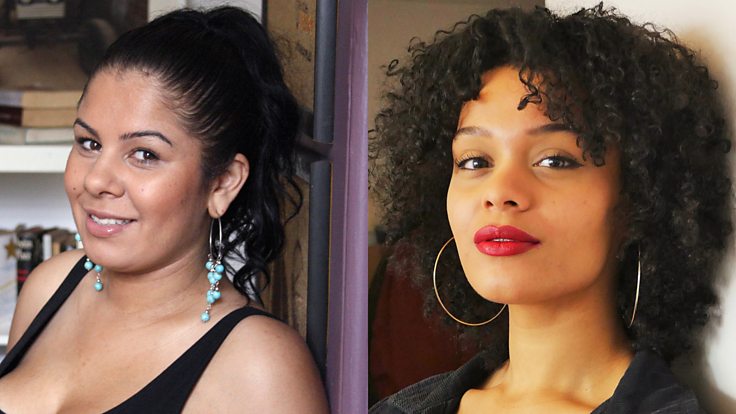Racism as a Determinant of Health: A Systematic Review and Meta-Analysis
PLOS ONE
2015-09-23
48 pages
DOI: 10.1371/journal.pone.0138511
Yin Paradies, Professor
Alfred Deakin Institute for Citizenship and Globalization, Faculty of Arts and Education
Deakin University, Melbourne, Victoria, Australia
Jehonathan Ben
Alfred Deakin Institute for Citizenship and Globalization, Faculty of Arts and Education
Deakin University, Melbourne, Victoria, Australia
Amanuel Elias
Alfred Deakin Institute for Citizenship and Globalization, Faculty of Arts and Education
Deakin University, Melbourne, Victoria, Australia
Nida Denson
School of Social Sciences and Psychology
University of Western Sydney, Sydney, New South Wales, Australia
Naomi Priest, Senior Research Fellow in child public health and health inequalities
Australian Centre for Applied Social Research Methods
Australian National University, Canberra, Australian Capital Territory, Australia
Alex Pieterse
Division of Counseling Psychology
University at Albany, State University of New York
Arpana Gupta
Oppenheimer Center for Neurobiology of Stress, David Geffen School of Medicine
University of California, Los Angeles
Margaret Kelaher
Centre for Health Policy Programs and Economics, Melbourne School of Population and Global Health
University of Melbourne, Melbourne, Victoria, Australia
Gilbert Gee
Department of Community Health Sciences
University of California, Los Angeles, Fielding School of Public Health, Los Angeles, California
Despite a growing body of epidemiological evidence in recent years documenting the health impacts of racism, the cumulative evidence base has yet to be synthesized in a comprehensive meta-analysis focused specifically on racism as a determinant of health. This meta-analysis reviewed the literature focusing on the relationship between reported racism and mental and physical health outcomes. Data from 293 studies reported in 333 articles published between 1983 and 2013, and conducted predominately in the U.S., were analysed using random effects models and mean weighted effect sizes. Racism was associated with poorer mental health (negative mental health: r = -.23, 95% CI [-.24,-.21], k = 227; positive mental health: r = -.13, 95% CI [-.16,-.10], k = 113), including depression, anxiety, psychological stress and various other outcomes. Racism was also associated with poorer general health (r = -.13 (95% CI [-.18,-.09], k = 30), and poorer physical health (r = -.09, 95% CI [-.12,-.06], k = 50). Moderation effects were found for some outcomes with regard to study and exposure characteristics. Effect sizes of racism on mental health were stronger in cross-sectional compared with longitudinal data and in non-representative samples compared with representative samples. Age, sex, birthplace and education level did not moderate the effects of racism on health. Ethnicity significantly moderated the effect of racism on negative mental health and physical health: the association between racism and negative mental health was significantly stronger for Asian American and Latino(a) American participants compared with African American participants, and the association between racism and physical health was significantly stronger for Latino(a) American participants compared with African American participants. Protocol PROSPERO registration number: CRD42013005464.
Read the entire article here.


